Why does almost every photographer have a circular polarizer lens filter in their bag? Is it necessary for a photographer? Do you need it too as a photography enthusiast? Before making a final decision, why don’t you first learn about the practical uses of it in your daily life and determine whether they will facilitate your photography tour?
What does a circular polarizer lens filter do?
A circular polarizer lens filter, also known as a CPL filter, is a vital tool in a photography kit. Its primary purpose is to manage reflections and glare from surfaces like water and glass and to enhance the overall color and contrast in your photos. Structurally, a CPL filter is composed of two layers of glass with a special polarizing film sandwiched between them. The outer layer rotates, allowing you to adjust the filter's effect on the light entering the lens.
The circular polarizer lens filter’s working principle is pretty straightforward. Light waves scatter in all directions, but when they hit a non-metallic surface, they become polarized. This means they travel in a more uniform direction. The filter blocks these polarized light waves, reducing reflections, enhancing colors, and improving contrast, making it an essential tool for photographers aiming to capture more vivid and clear images.
What is a CPL lens filter used for?
How is the circular polarizer lens filter truly used in our practical photography life? It’s a key problem for photography novices and hobbyists to figure out. So, before we learn to install the circular polarizer lens filter onto your camera, let’s learn about when and how they can be used.
4 Practical Uses:
1. For transparent objects such as water and glass:
When you are photographing on the riverside or lakeside, the strong reflection of the water surface will make the reflection in the water out of the effect not obvious, the use of the circular polarizer lens filters can reduce such reflections so that the water surface reflection can be mapped out of the city's buildings or landscapes.
When you want to take a photo of something in display cases in the shopping mall, museums, or exhibitions, the CPL filters become particularly useful to solve the problem of glass reflections and get a clear and vivid photo.
- For urban architectural glass:
During the daytime, the strong light will produce various reflections and halos between the buildings, making the buildings look foggy, which is the reason why the photos come out with poor clarity, the use of a circular polarizer lens filter can filter some of the halos and improve the contrast to achieve an increase in three-dimensional effect.
2. For skies and haze:
CPL filter can darken the sky and serve to increase color saturation. When there are clouds, it makes the layers of clouds more obvious, so it is also the most used filter in cityscape and nature photography
When it's hazy, particles in the atmosphere reflect all sorts of stray light, resulting in a grayish picture. Using a polarizer doesn't completely remove the gray haze, but it does produce a clear image.
3. For plants:
When photoing the surface of the oily plants, the direct sunlight will form a strong reflection, making your picture color white, or gray. Using a CPL lens filter will remove most of the reflections, and the picture in your camera will be able to restore their original color and have a higher color saturation.
4. Used as ND Filters:
Although the circular polarizer lens filter is not specifically designed to reduce light, because it filters out a portion of the light, it does have the role of a light reducer, the light reduction level is equivalent to ND3.
Blocking these polarized light waves, reducing reflections, and then enhancing colors, these kinds of functions can not be simulated by the software, that's why it remains irreplaceable to this day. By the way, CPL filters do eliminate reflections, but not all reflections can be eliminated. For example, light reflected from metal surfaces is not polarized, and the use of a polarizer lens filter is not useful.
What is the difference between CPL and ND filter?
The circular polarizer filter has a small dimming effect, but the effect is very weak. Figuring out the differences between the CPL lens Filter and the ND lens filter is also important for growing into a professional photographer.
Difference Points | CPL Lens Filter | ND Lens Filter |
Full Name | Circular Polarizer Lens Filter | Neutral Density Filter |
Main Function | Reduce reflections and glare, enhance color saturation and contrast | Reduce the amount of light entering the lens |
Structure | Two layers of glass with a polarizing film in between | Uniformly darkened glass or resin |
Working Principle | Blocks light waves in specific directions, reducing reflections and increasing contrast | Reduces light intensity without changing colors |
Suitable Scenarios | Reflective surfaces like water, glass, sky
| Long exposure in bright conditions, such as waterfalls, rivers
|
Primary Use | Reduce reflections and glare, enhance colors | Control light intensity, extend exposure time |
Usage Method | Rotate the outer layer to adjust the effect | Choose different densities as needed |
Impact on Image Quality | Increases contrast and color saturation | Maintains color balance, only reduces light intensity |
Market Price | Usually medium to high | Varies greatly depending on density |
How to install and use circular polarizer lens filters?
1. Screw-On CPL Filters: The most common type and are designed to be screwed directly onto the front of the camera lens. Note that CPLs are different from other filters in that they contain two rotatable lenses, so remember to mount one side of the lens securely and let the other side rotate freely.
Installation Method:
Check the lens diameter (usually marked on the lens with a number followed by Ø, e.g., Ø58mm).
Match the CPL filter size to your lens diameter.
Screw the CPL filter onto the front of the lens until it is securely attached.
Rotate the outer ring of the filter to adjust the polarization effect while looking through the viewfinder or at the camera screen.
2. Slide-In CPL Filters: These filters are part of a square or rectangular filter system and are slid into a holder that is mounted on the lens.
Installation Method:
Attach the filter holder to the front of your lens using an appropriate adapter ring.
Slide the CPL filter into the holder's slot, ensuring it fits securely.
Adjust the filter position and angle within the holder to achieve the desired polarization effect.
Some systems allow you to rotate the entire holder to fine-tune the polarization.
3. Magnetic CPL Filters: These filters use a magnetic attachment system for quick and easy installation.
Installation Method:
Attach the magnetic adapter ring to the front of your lens.
Align the magnetic CPL filter with the adapter ring and allow it to snap into place.
Rotate the filter to adjust the polarization effect.
Ensure the filter is securely attached to avoid any displacement during shooting.
We would like to recommend
circular polarizer lens filters from the K&F Concept (Including all the above picture products). If you are looking for more detailed information about high-quality and multi-layer coating CPL filters, welcome to browse our website I believe the massive information, photographic equipment, and relevant products on our website will meet your requirements.
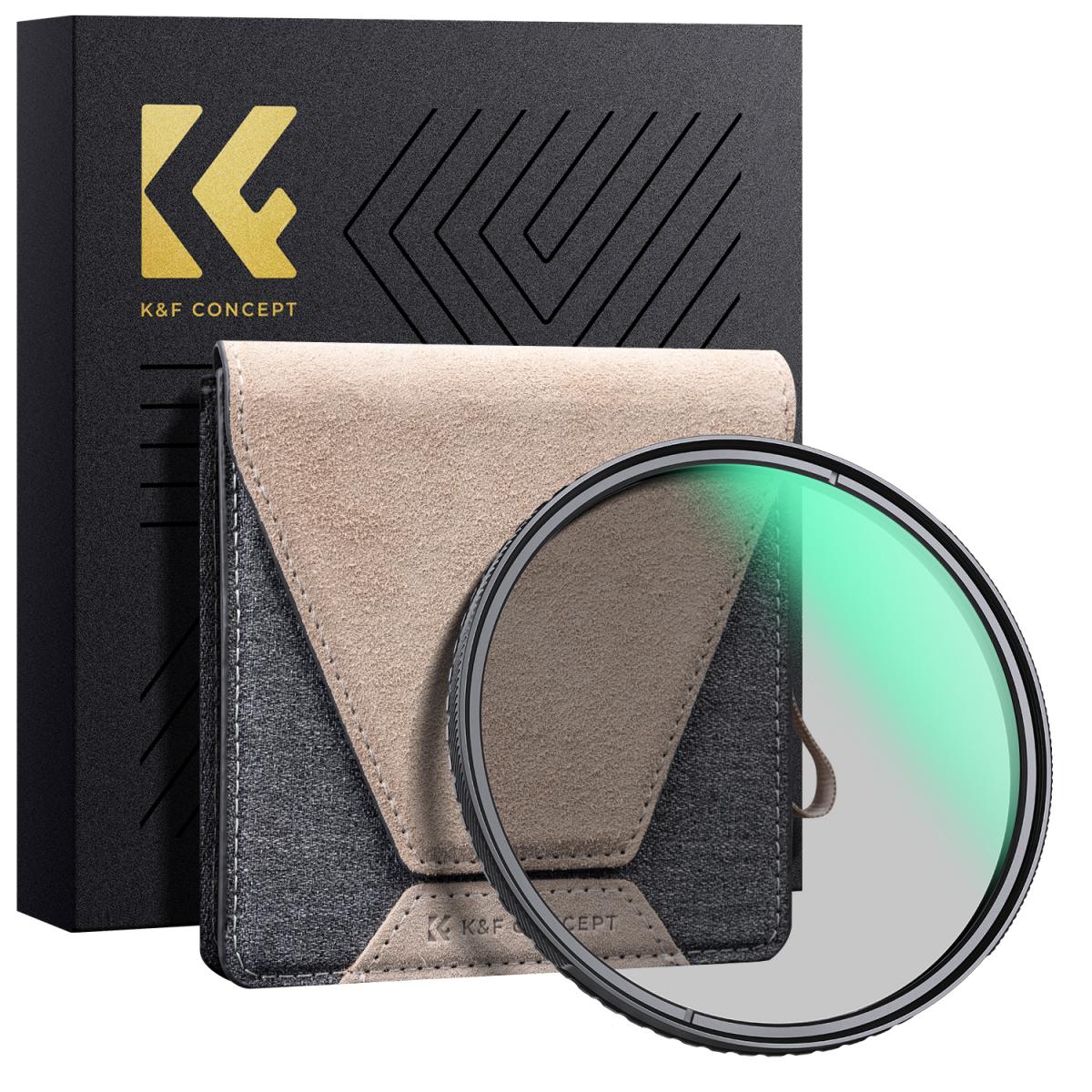
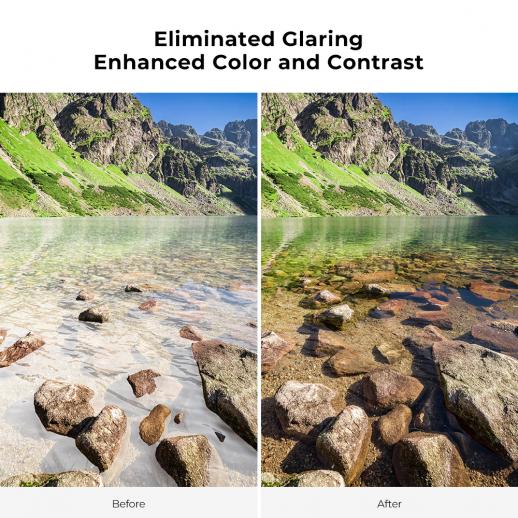
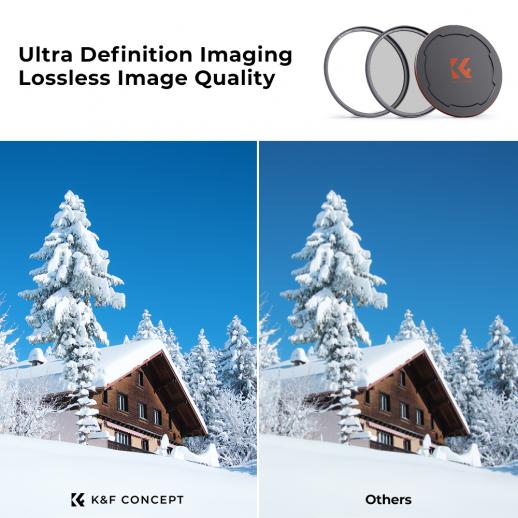
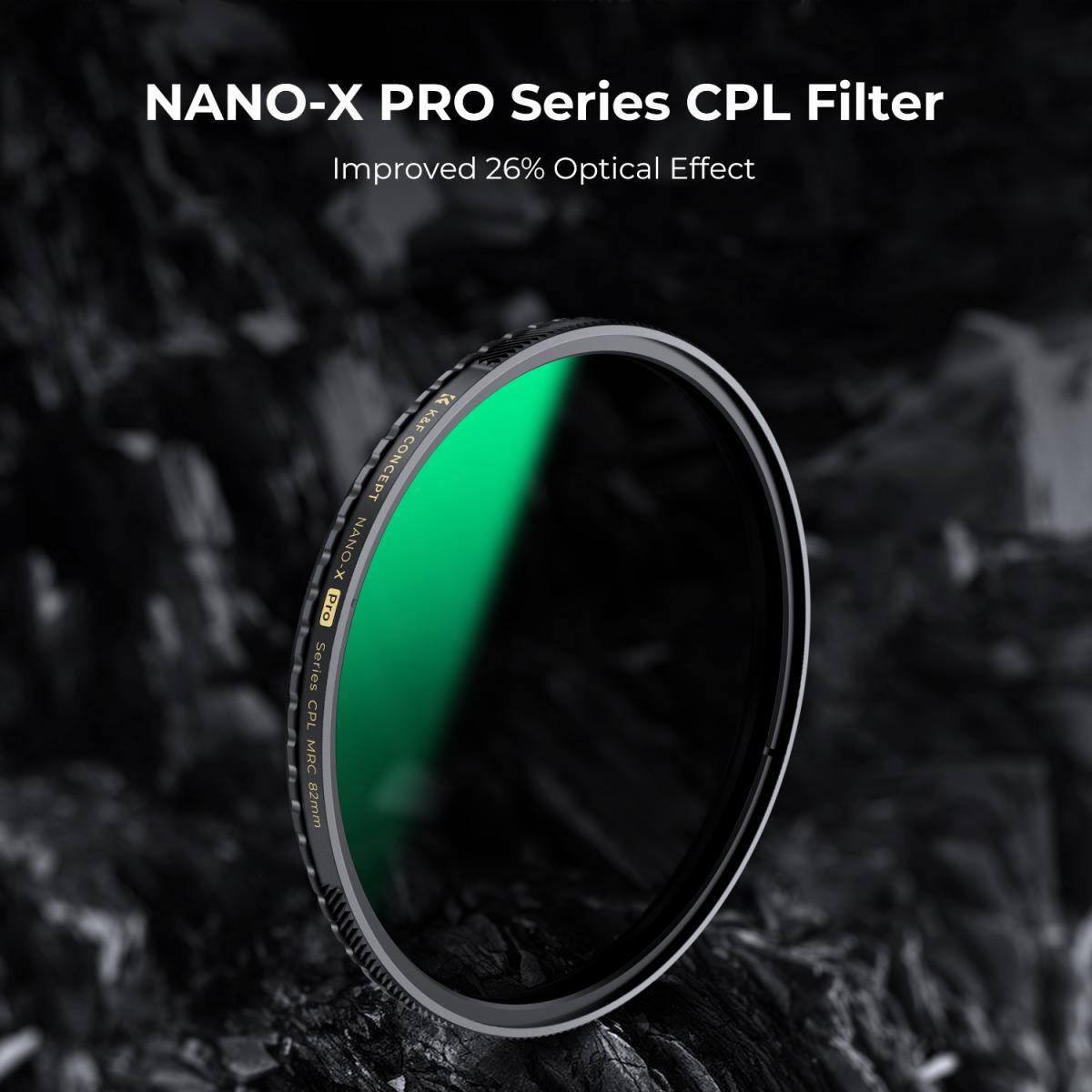
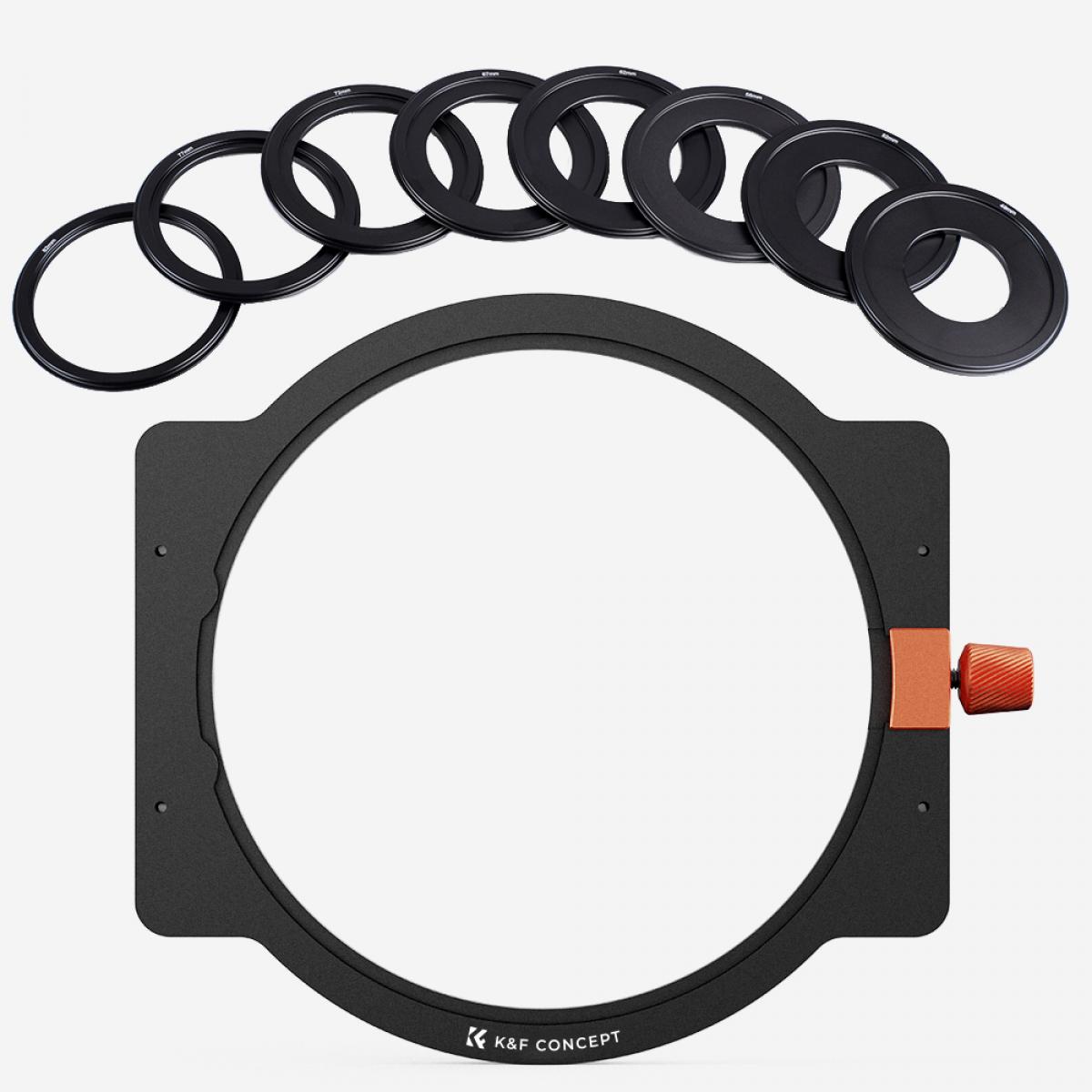




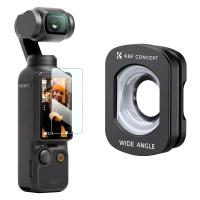
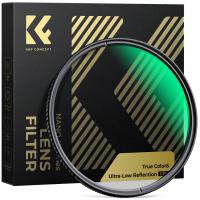
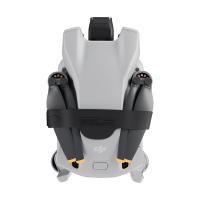
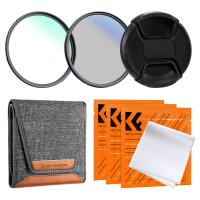

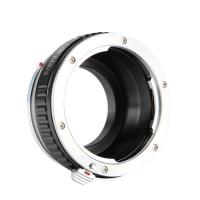
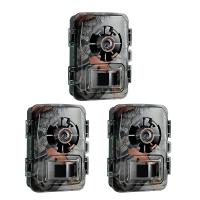
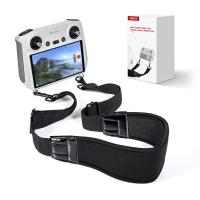

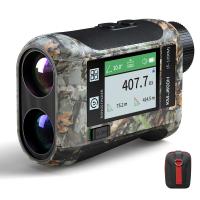


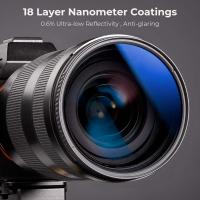
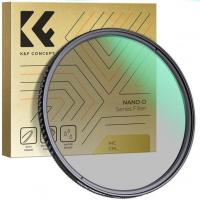




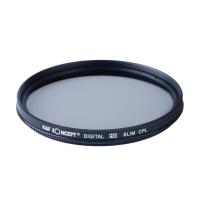




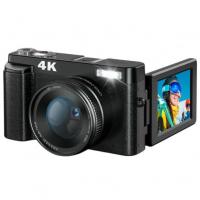
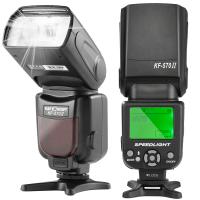
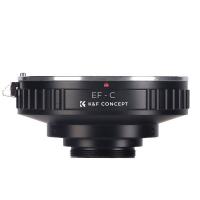

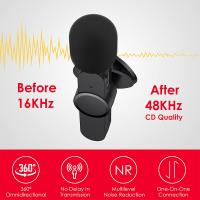
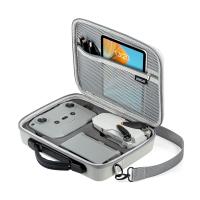

There are no comments for this blog.